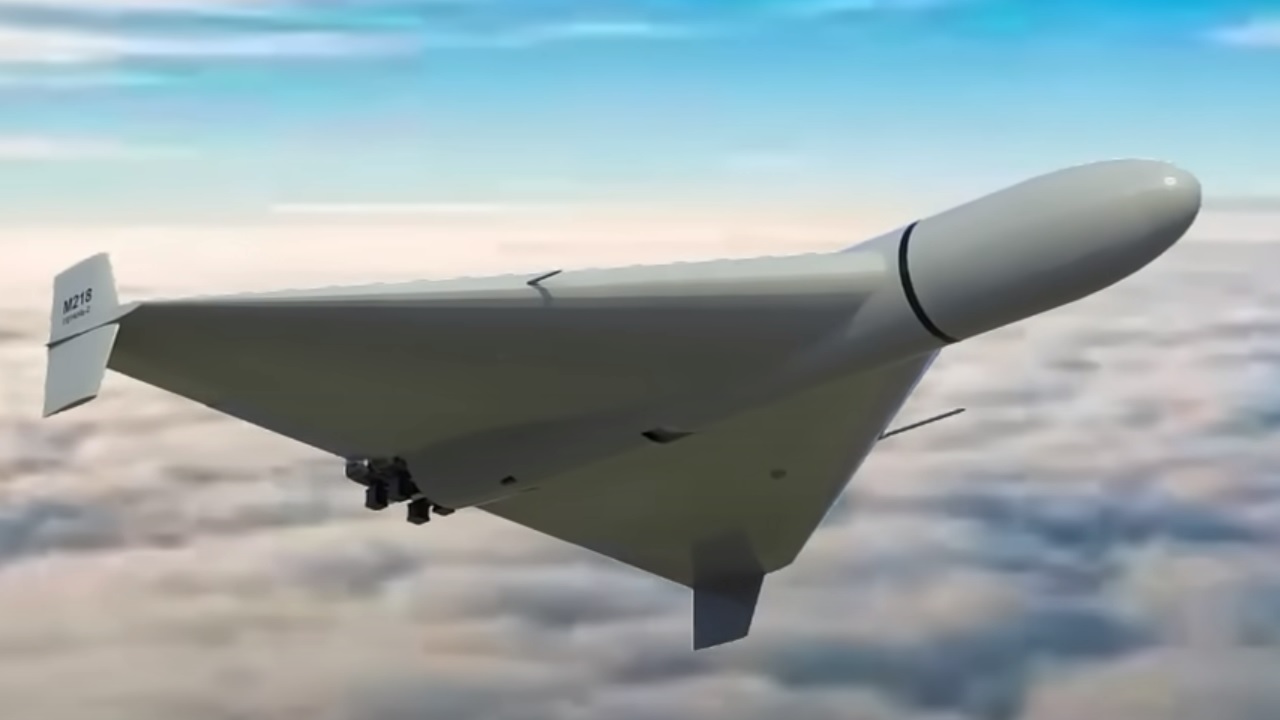Iran’s president reiterated threats against Israel this week during the country’s annual Army Day amidst the latest flare-up of tensions between the Islamic Republic and Jewish state.
The Israeli Defense Forces (IDF) have struck various Iranian-linked assets in Syria following multiple drone and rocket barrages that have targeted Israeli cities. President Ebrahim Raisi levied his remarks while Iranian fighter jets, helicopters, and sea vessels took part in the ceremony captured on live state-television.
“The enemies, especially the Zionist regime, have received the message of Iran’s military might,” Raisi declared. “The slightest move against our country will trigger a harsh response from our armed forces and will bring about the destruction of [the Israeli cities of] Haifa and Tel Aviv.”
Iran’s leaders frequently threaten the same two Israeli cities. The annual military celebration honors Iran’s regular “Artesh” military, not the Revolutionary Guards Corps, which is the group responsible for many of the proxy-launched attacks across the region.
Following president Raisi’s remarks, a long parade of what Iran considers to be its top-of-the-line military platforms and weapons began. In addition to fighter jets, helicopters and submarines, a variety of Tehran’s premiere unmanned aerial vehicles (UAVs) were showcased. Notably, the country’s “homegrown” drones including Mohajer-4, Mohajer-6 were displaced, as well as Iran’s kamikaze UAVs, the Arash, Kian and Karrar. Iran’s long-range surface-to-air missile system called Talash was also debuted, followed by the Zolfaghar and Tiam main battle tanks (MBTs).
A Closer Look at Iran’s UAV Arsenal
The Mohajer (Immigrant) family of drones represents Iran’s first domestically produced UAV. First used in the Iran-Iraq war in the 1980s, the original Mohajer-1 variant was developed by the Qods Aviation Industry Company to perform primarily reconnaissance missions. Equipped with an easily-jammable radio and no autopilot system, the Mohajer could also operate from inside Iran’s territory.
Over the years, new Mohajer variants were developed to sport critical improvements that have helped make the drone a staple for Iran’s military. The Mohajer-2 version similarly functioned as a reconnaissance UAV but with greater endurance and range than its predecessor.
The third variant in the Mohajer family of drones perhaps featured the most serious enhancements over earlier variants. The Mohajer-3 could be fitted with fixed landing gear or skids for a JATO launch and could send images to its operators in real time. However, this variant never entered service as it was developed simultaneously with the more advanced Mohajer-4 drone.
As explained by the Army, “The Mohajer-4 has a Hyarat 3 guidance and control system, which includes GPS navigation. It normally follows a preprogrammed flight path, but its mission profile can also be updated in-flight via a radio uplink. The Mohajer-4 has a fixed forward-facing camera for navigation and either a downward-facing camera for aerial surveying or a gimbal-mounted video camera for surveillance. Sources disagree on whether the Mojajer-4 can carry an infrared camera.”
Iran’s latest iteration of its Mohajer series of UAVs is the Mohajer-6. Unlike its predecessors, this variant is capable of operating in intelligence, surveillance, target acquisition, and attack operations. According to Iranian-state media, the Mohajer-6 also features “the ability to carry precision-guided projectiles, high tolerability in various weather conditions, and easy use in various geographical locations.”
The Arash series of UAVs represent Iran’s largest suicide drones. These hefty airframes are able to lug just under 600 pounds of explosives and have a range of up to 2,000 kilometers. According to the Jerusalem Post, Iran has supplied the Arash-2 killer drone to the Kremlin, in addition to various Shahed drones.
Iran’s Artesh vs. IRGC
While the Artesh functions independently of the Iranian Revolutionary Guard Corps, the two organizations share many of the same weapons. However, since the IRGC’s extraterritorial operations are favored by the Iranian regime, the Artesh receives less funding, military equipment, and attention than its counterpart.
Perhaps the greatest advantage the Artesh holds over Iran’s neighboring militaries is its size. In fact, Iran’s military remains the largest army in the Middle East. Its size, and stockpile of missiles and other lethal weapons greatly concerns Israel. Although president Raisi’s remarks in this week’s annual Army celebration are likely exaggerated to fuel its own propaganda, the IDF is unquestionably taking note.
Maya Carlin, a Senior Editor for 19FortyFive, is an analyst with the Center for Security Policy and a former Anna Sobol Levy Fellow at IDC Herzliya in Israel. She has by-lines in many publications, including The National Interest, Jerusalem Post, and Times of Israel. You can follow her on Twitter: @MayaCarlin.

